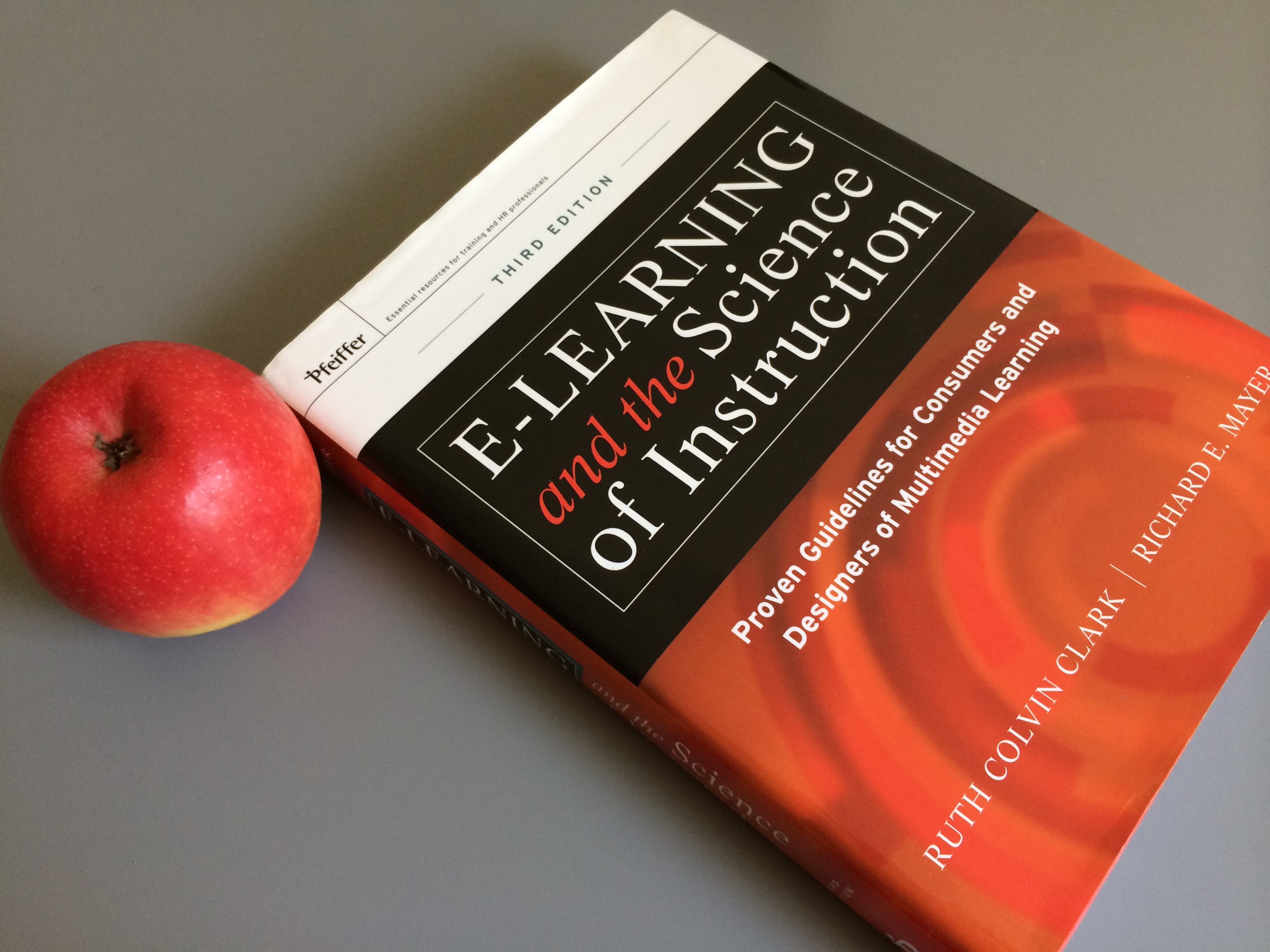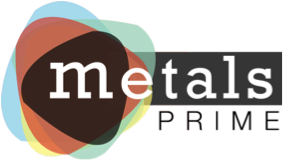Research
Exploratory Research
Our exploratory research included thorough literature review, competitive analysis and field interviews to uncover teachers’ needs in professional learning. We read articles and books in diverse areas, including workforce learning principles, computer supported collaborative learning, and effective professional development. During our interviews, we employed inquiry techniques from Contextual Design (Beyer and Holztblatt, 1998) to elicit rich qualitative data from our research participants and better understand their work.









